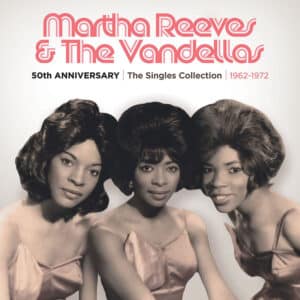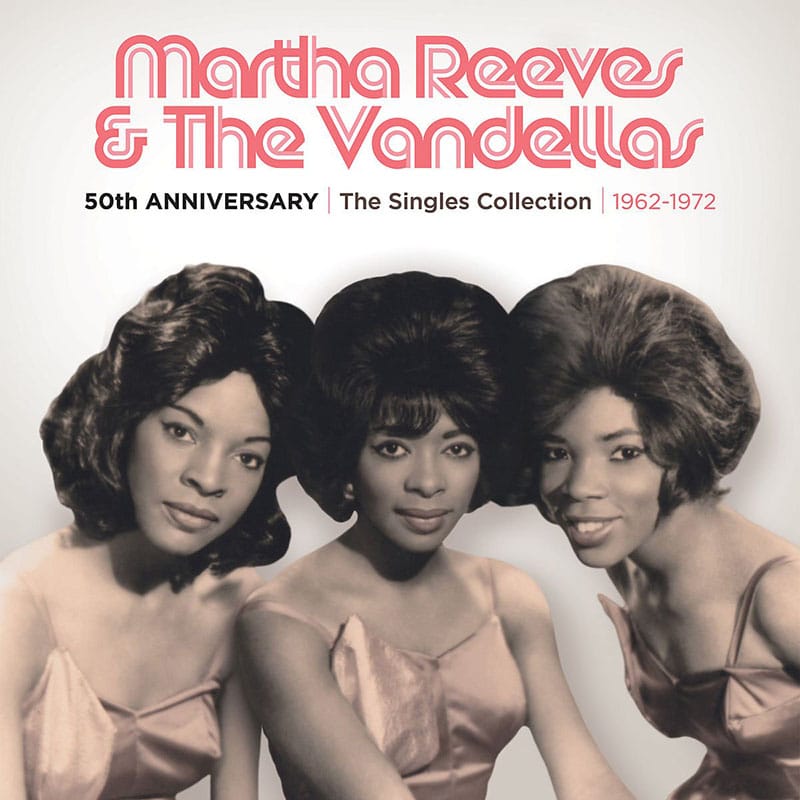
Because it’s been ten whole minutes since someone last published a screed decrying the state of rap music.
Not long ago, a woman let her teenage son take over the dial on the car radio. Big mistake. Instead of the reliably comfortable R&B of her favorite station, she was immediately subjected to song after song seemingly about nothing but strippers, alcohol, and other accouterments of nightclub life, or at least how it’s been portrayed in rap songs of late. Her son didn’t seem to have a problem with any of this, but it offended her sensibilities on numerous levels.
She wondered if this is what rap music has finally become. Not that she’s a prude in any respect: there’s plenty of rap on her iPod; and in fact, her middle son and a relation on her father’s side are both rappers. But the stream of songs about boodies and sex and whatnot pouring out of her radio reminded her what most people outside rap’s core demographic – and many folks inside it as well – can’t stand about the music.
In those eyes, rap’s all about boodies and sex and whatnot, or drugs and guns and whatnot, or money and brazen consumption and whatnot, or some other ghetto pathology or whatnot. What happened to us? Where oh where, the lament goes on, is the mindset of the Golden Age, that period in the late ’80s and early ’90s when rap was said to be black America’s CNN, not its crime blotter?
Where is the music, they beseech, that rises above all that whatnot, to talk to and about our better angels, or at least imagine solutions and alternatives to the grim realities of life in the ‘hood?
It’s certainly not on the radio, and it hasn’t been on the radio in ages, but that doesn’t mean it doesn’t exist. There are artists like the Coup and Killer Mike, who make speaking truth to power their personal business. There are Lupe Fiasco and Rhymefest, who speak out against the violence gripping the ‘hoods of their native Chicago. There’s the Roots, who devoted their 2011 album undun to exploring the contradictory swirls of defiance and nihilism driving many a young black male life nowadays. And any number of rappers have weighed in on the issues of their hour, in their own way, without pounding their chests for having made a political statement.
Yet as admirable as their work is, finding the one song that speaks to and of this moment, that can galvanize those who aren’t plugged into the alpha and omega of current rap, is a little tricky. Maybe that’s because it’s so much harder to have a mass hit these days, with the former pop monoculture broken off into a ‘skillion’ Facebook pages and Pandora channels. And, as our befuddled mom discovered, commercial black radio playlists aren’t going out of their way to foment social change.
It may also be that making a socially riveting song in any particular moment is harder than it seems. The standard-bearer for political rap is, of course, Public Enemy, and Chuck D still represents that standard after nearly 30 years in the public eye. But for all the band’s politically charged work, no one song sits at the sweet spot of righteous indignation and mass appeal quite like “Fight the Power” (1989):
“Fight the Power” had, and still has, everything. Its hook grabs you from the jump, and an irresistible beat refuses to let you go. Chuck D breaks off some of his most memorable lines ever, and Flavor Flav is at his second-banana best. It captures the energy of its time, the summer of 1989. It is perfectly suited for jump-starting both a political rally and a block party (or a movie that’s a little of both – it accompanied the opening credits of Spike Lee’s Do the Right Thing). And in case anyone missed any of those qualities, its title — a simple declaration anyone can easily remember — is invoked 31 times.
“Fight the Power” represents a curious dynamic of political pop music. We admire the artists who devote themselves to making socially-minded statements. Activists draw sustenance from their catalogues, their music is part of the movement’s spiritual glue. Yet what we remember most are the songs that get to us in an emotional and visceral way, that propel us into action. We thank these artists for fighting the good musical fight, but what we love best are the hits.
The same dynamic plays out when dialing it back a generation. The late ’60s and early ’70s were ripe with politically charged black pop music. Artists like Stevie Wonder, Donny Hathaway, Curtis Mayfield, and Gil Scott-Heron were seen as sages as much as pop stars for their incisive commentaries. Numerous others had their say, but which songs do we remember most about those days? Two, really: James Brown’s “Say It Loud (I’m Black and I’m Proud)” and Marvin Gaye’s “What’s Going On”.
They couldn’t be more different in tone: the former is jaunty self-assertion, the latter is inward reflection turned outward to the whole of society. But they have a lot in common. Both songs grab your attention in the first ten seconds. Both have simple lyrics that don’t require advanced political theory to grasp. Both have rhythms that carry you along effortlessly. And both deploy their titles as call-and-response hooks, irresistibly fun to sing out loud at either a rally or a party.
And yes, they both, perhaps the most impactful songs of two artists with long and well-honored careers, were massive hits.
The one thing those songs and “Fight the Power” have in common is that they were designed to be impactful. Their creators knew how to make great records, and they deployed those skills in the service of speaking in and to the tenors of their respective times. But there’s another type of pop song that becomes a social anthem – the kind that seems to capture its moment without really trying.
Dialing it back a little further, the mid-’60s saw so many issues coming to such a head with so much passion and momentum, music reflecting the ‘a-changin’ times couldn’t help but happen. Even songs that didn’t have a hint of protest in their core got claimed by the zeitgeist.
Enter “Dancing in the Street”.
Martha Reeves and the Vandellas recorded it for Motown in July 1964. They were not the first choice of the song’s writers/producers, Mickey Stevenson, Ivy Jo Hunter and Gaye. The trio thought to pitch the song for recording by Kim Weston (Stevenson’s wife), but needed someone to record a demo for Weston to work from. While they were playing around with the backing track, Reeves was in the building; they asked her to give it a shot.
She did so, twice. Take two became history.
All thoughts of Weston or anyone else recording the song ceased immediately. The Vandellas, Rosalind Ashford, and Betty Kelly were quickly rounded up to add backup oohs and aahs. The backing track was dynamic, even by Motown standards – a trumpet fanfare kicked things off, and a hard backbeat groove (a departure from the Motown norm of the era), punctuated by tambourine slams on the two and four, made sitting futile. The title was mentioned 26 times in the song’s two-plus minutes, ensuring maximum stickiness. The bridge, in which the music shifts to a minor key while Reeves declares “it doesn’t matter what you wear”, is a composition lesson onto itself. And of course, there was Reeves’ soaring, urgent lead vocal.
Berry Gordy, who had the final say on what singles would be released, thought it was the quintessential hook-happy pop record. “Dancing in the Street” hit the streets on 31 July.
It would climb to number two on the pop charts, denied the top rung only by Manfred Mann’s “Do Wah Diddy Diddy”. It spawned cover versions by everyone from the Kinks to the Everly Brothers to Petula Clark. The Mamas and the Papas’ version, more hippie-pop and less groove-heavy, was a hit in 1966. In time, it became something of a rock standard; even an early incarnation of the Carpenters had at it:
(Relax: the sight and sound of Karen Carpenter getting busy on a drum kit emblazoned with her name – not the band’s name, her name – was a revelation on multiple levels for me, too.)
“Dancing in the Street” joined Motown’s burgeoning canon of amazing records immediately upon its release, and in most cases, the news would have ended right there. But real-life events seemed to elevate the record from music history into American history.
Its release followed by just two weeks a major riot in Harlem, which would be the precursor to a string of long, hot summers in urban, black America. Five days after its release, the bubbling conflagration in Vietnam was ratcheted up a notch after a series of incidents in the Gulf of Tonkin.
Elsewhere, young activists were being trained that summer to go down into Mississippi to register blacks to vote; three of them – James Chaney, Michael Schwerner and Andrew Goodman – would be found dead weeks after they turned up missing. The Republican Party nominated arch-conservative Barry Goldwater for president, and the Democrats refused to seat the Mississippi Freedom Party at its convention.
And if all that was not out-of-this-world enough, on the very day “Dancing in the Street” was released, Ranger 7 beamed back pictures from the moon.
In other words, many of the storylines that made the ’60s ‘The Sixties’ were escalating just as “Dancing in the Street” hit the street. And throughout the next few years, especially when it came to racial confrontations, it came to seem that the record was a ubiquitous, integral element of it all. The record (and it was always the original, never any of the covers) was part rallying cry, part anthem – the one song that captured the tension and exhilaration of the times. But further, an urban legend emerged that it did so on purpose.


![Call for Papers: All Things Reconsidered [MUSIC] May-August 2024](https://www.popmatters.com/wp-content/uploads/2024/04/all-things-reconsidered-call-music-may-2024-720x380.jpg)



